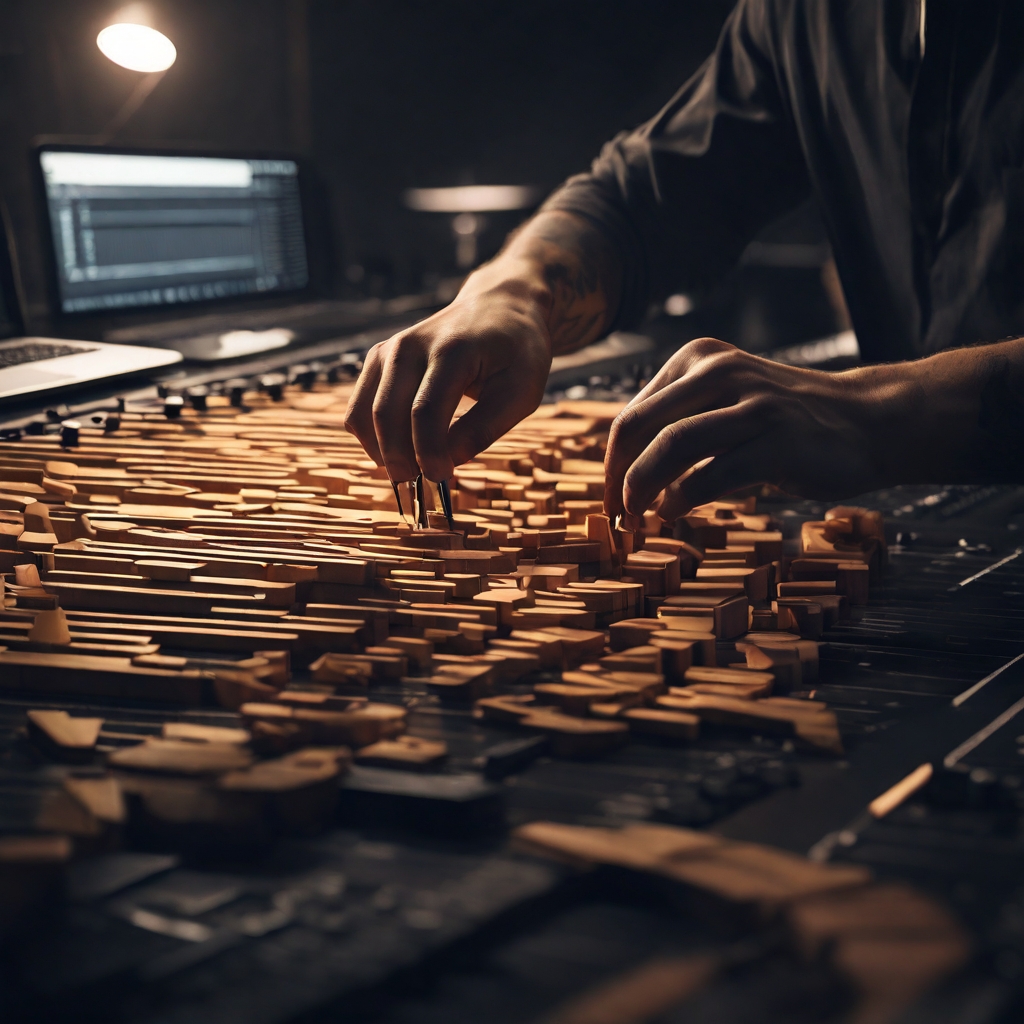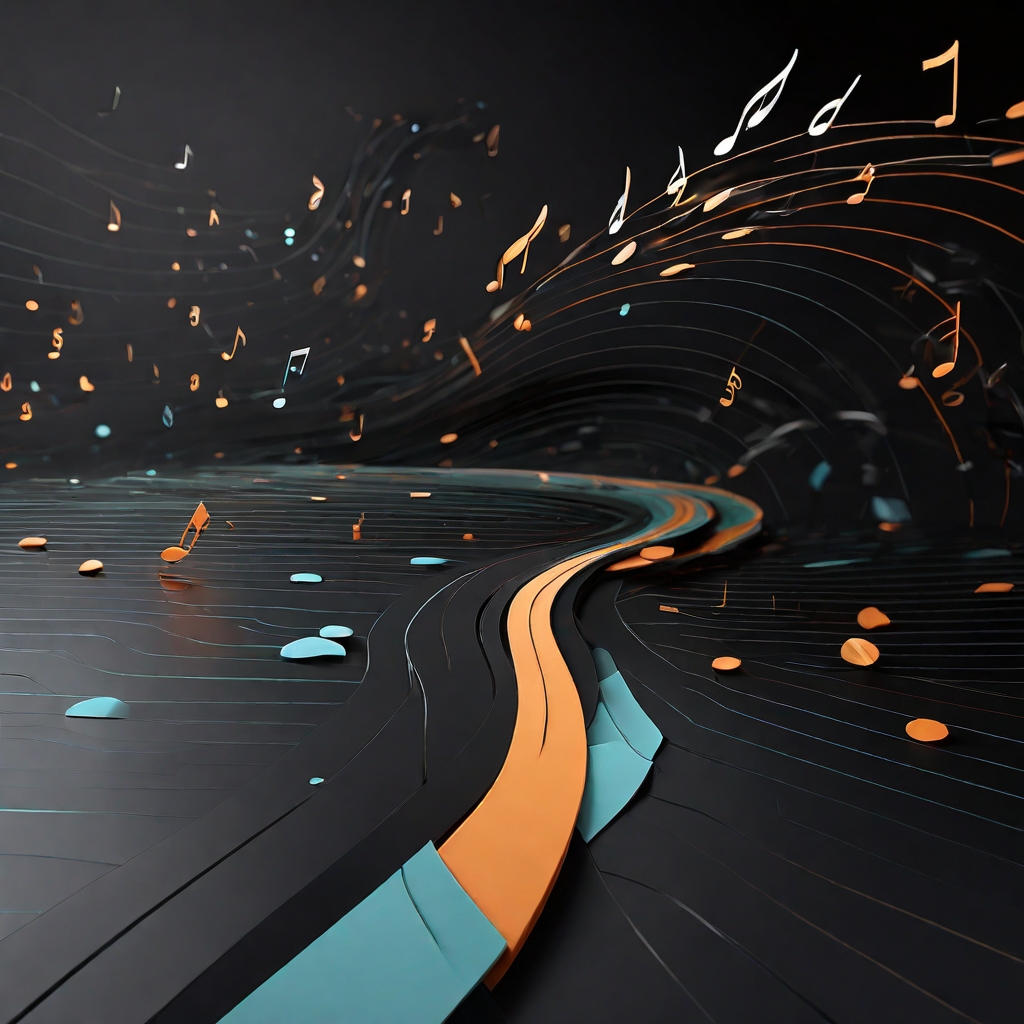

“Master the Rhythm: A Step-by-Step Guide to Producing Trance Music Like Armin van Buuren”
Title: Mastering Trance Music Production: A Blueprint Inspired by Armin van Buuren Trance music, with its mesmerizing beats and ethereal melodies, has the power to transport listeners to another realm. Among the giants in this genre stands Armin van Buuren, a pioneer whose music continues to set the standard. For









